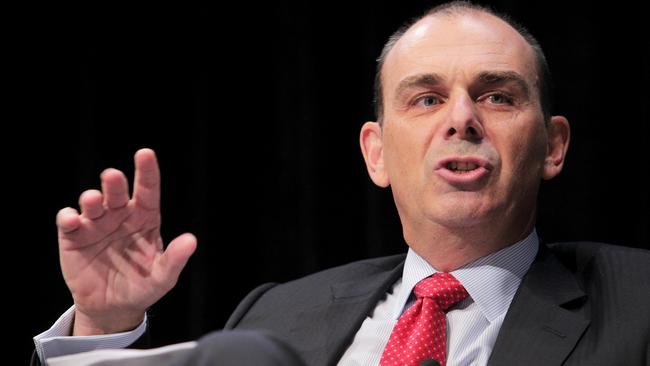APRA told to keep closer watch on super returns
APRA needs to radically change its approach and ‘give more priority’ to supervision of the superannuation sector.

The prudential regulator needs to radically change its approach and “give more priority” to supervision of the superannuation sector, including focusing more on the funds’ performance.
A 174-page broad review of the Australian Prudential Regulation Authority recommends sweeping changes to the regulator’s operating model through the creation of a stand-alone super division and more resourcing for industry oversight.
“Member outcomes and superannuation have often taken a ‘back seat’ — as they rarely raise financial stability issues,” the review says of APRA’s sharper focus on banks and insurers.
While there were some similarities in the regulation of financial services companies, the review highlighted a string of different risks and supervisory requirements in the super sector.
“The risks in superannuation are not like-for-like with other APRA-regulated entities. Governance issues in superannuation can manifest in different ways to issues in banking and insurance.
“Despite an increasing focus on member outcomes, APRA’s progress has been insufficient, especially in relation to system efficiency, fees and transparency,” the review says.
The key recommendation on superannuation is the creation of a new division, headed by its executive general manager, with a focus on the system’s performance for members.
The super industry is now part of APRA’s diverse institutions division, which includes conglomerates, banks and insurers.
APRA’s top layer includes chairman Wayne Byres, deputy chairs Helen Rowell and John Lonsdale, and Geoff Summerhayes. Ms Rowell has primary responsibility for super.
The review says changing the divisional structure of APRA would “enhance strategic industry focus, improve efficiency and break down inherent inadequacies in collaboration”.
The review acknowledges that the regulatory environment for super has strengthened over time, including being helped by reforms in 2013 and this year, but needs to improve further.
The report highlights that APRA regulates about 510 entities, made up of about 150 deposit-taking institutions holding $4.4 trillion in assets; 190 superannuation entities with $1.7 trillion in funds under management; and more than 170 insurers with $400 billion in assets.
In its response to the review, APRA backed all recommendations including those on superannuation. It said it planned to consult with the federal government on more resources required to implement the change.
“Building on the recent legislative reforms, APRA will continue to embed its strengthened focus on member outcomes as the centrepiece of its supervisory approach in superannuation,” the regulator’s response said.
The capability review makes other recommendations on super including that APRA should “embed and reinforce” its increasing focus on member outcomes by upgrading a key performance tool, publishing objective benchmarks on product performance, increasing resources and collecting more detailed data.
It also calls for the government to legislate to make APRA’s member outcomes mandate more explicit, aligning with a recommendation in the Productivity Commission’s superannuation inquiry.
The report says APRA uses its PAIRS framework to conduct risk assessments in super, which is based on “traditional prudential concepts” in banking. “The PAIRS framework should not be used as a starting point for a new supervisory tool for superannuation. APRA requires a new superannuation-specific tool which has a primary focus on member outcomes, on a trustee-level and product-level basis.”
APRA said its work on super performance benchmarking and data collection would “be a priority” and should align with other efforts requiring legislation.




To join the conversation, please log in. Don't have an account? Register
Join the conversation, you are commenting as Logout